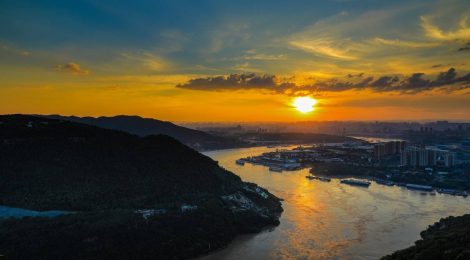
Tongluo Gorge – The Strategic Passage to Chongqing
Dear readers, Thank you for your continued interest in the Galileo Italian Italian Institute. In this column of Chongqing Stories we’ll bring you more diverse stories in the new semester. The summer heat drifted away after August and the autumn atmosphere is up in the air. It’s a good time to get close to nature. Today, let’s explore Tongluo Gorge.
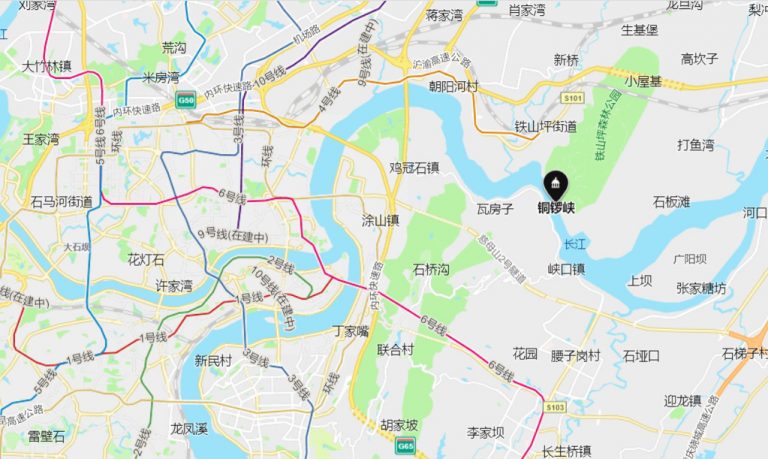
Tongluo Gorge is the last barrier from the Yangtze River to the main city of Chongqing. As we can see from the map, the Yangtze River cut through the mountain from the northwest – southeast side, with TieShanPing on the north side and Nanshan Mountain on the south. The cliff is 513 meters high and the deep ravine between the cliffs is 53 kilometers long. According to the ancient Ba County Annals, There were two statements which claim to explain the name of Tongluo Gorge. One is a round stone under the cliff resembling a brass gong in its appearance. The second is the ringing sound of water in the gorge.
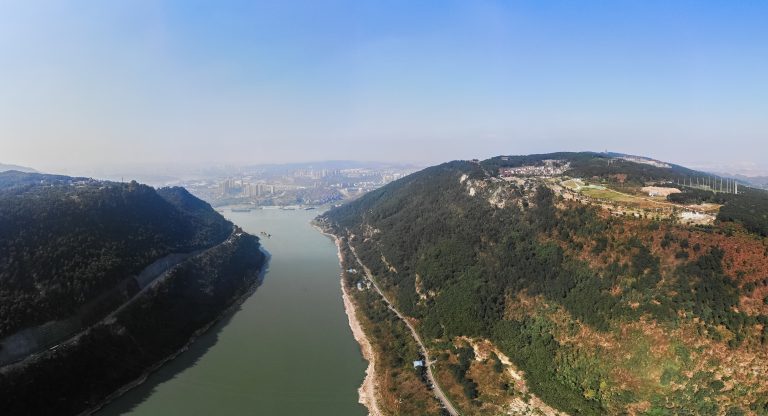
Because of the special geographical location of Tongluo Gorge , it was of vital importance and has always been contested by all military forces. In 1239 AD, the Mongolian iron Cavalry swept across the Eurasian continent and planned to wipe out the Southern Song Dynasty by going down the Yangtze River through Chongqing. The officers and soldiers of the Southern Song Dynasty assembled in the south of Tongluo Gorge and fought a difficult battle with the Mongolian army. Finally, they defeated the Mongolian army, stopped its eastward march and preserved the Southern Song Dynasty.
One century later in 1371, Zhu Yuanzhang of the Ming Dynasty sent generals to invade the Xia kingdom, which had established its capital in Chongqing. As Tongluo Gorge is easy to defend and difficult to attack, the Ming army couldn’t break through the defensive line of the Xia Kingdom but had to carry small boats over the mountains and rowing down the river to attack them on both sides, finally conquering the Kingdom of Xia and bringing Chongqing into the territory of the Ming Dynasty.
Ming Dynasty’s loss of jurisdiction over Chongqing was also related to Tongluo Gorge. In 1644, Zhang Xianzhong assembled ten thousand wooden ships and sailed upstream from Jingzhou in Hubei province to Tongluo Gorge. The Ming army stood ready to blockade the river and planned to defeat the rebels. Zhang Xianzhong copied the strategy of the early Ming Dynasty, took an overland route to the main city of Chongqing, seized control of several gates on the Yuzhong Peninsula from the land, then cleared the guards of the Ming army along the river, put Tongluo Gorge under control, and soon occupied Chongqing.
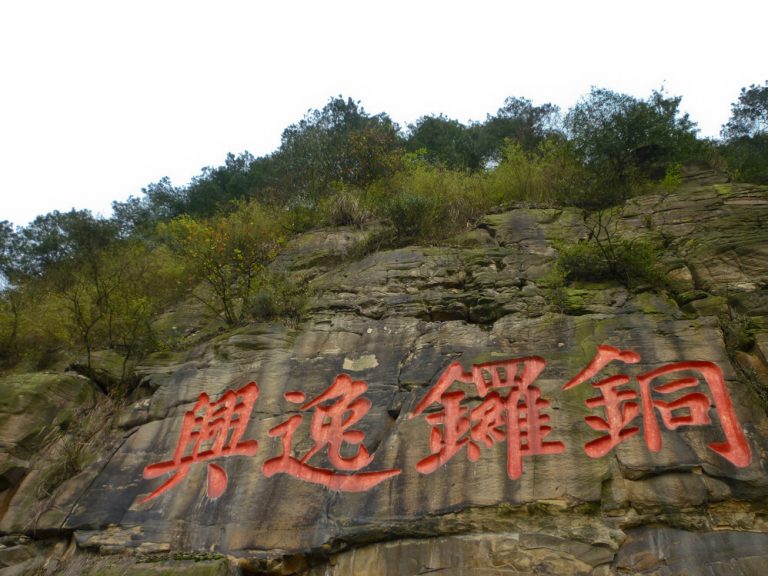
Today’s Tongluo Gorge, no longer needs to play its military role, has become a good place for Chongqing people to get close to nature on weekends. Those who want to have a view of Tongluo Gorge can take a bus to Tieshan Avenue, walking along the Tongluo Gorge footpath to visit Hutou Rock, Tongluo Yixing, Xia River and other scenic spots, eventually arriving at the Yangtze River to watch the roaring river waves and never-ending boats on the river. Wangjiang Hot Spring by the river is still open for business. visitors tired of hiking can enjoy a hot spring and relax under the green plants.
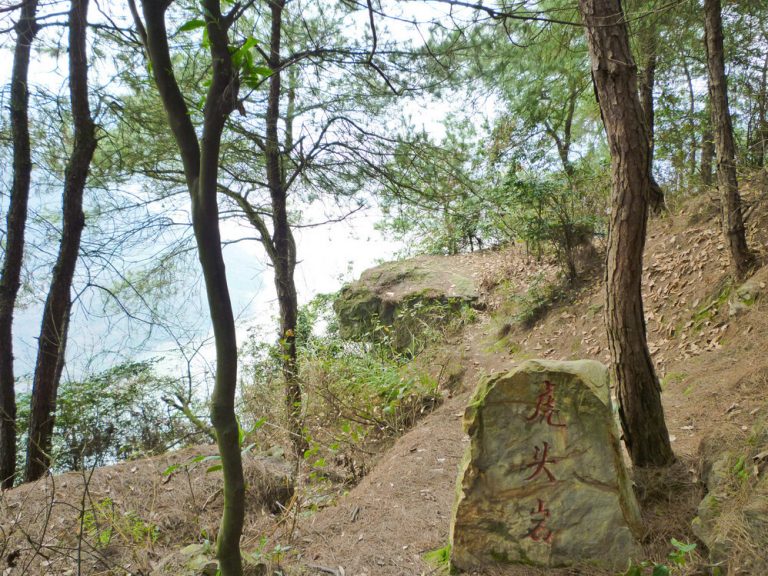
In order to further develop the tourism resources around Tongluo Gorge, The Chongqing municipal government has built Tieshanping on its north side into AAAA forest park, covering an area of nearly 15 square kilometers. The fitness trail in the park connects the “Ten views of Tieshan”, such as Suojiang Ruins. Tieshanping Yunling Art Center was also built, combining natural landscape and art in a perfect way.

Written by Zhang Yangxin and translated by Mo Surong




